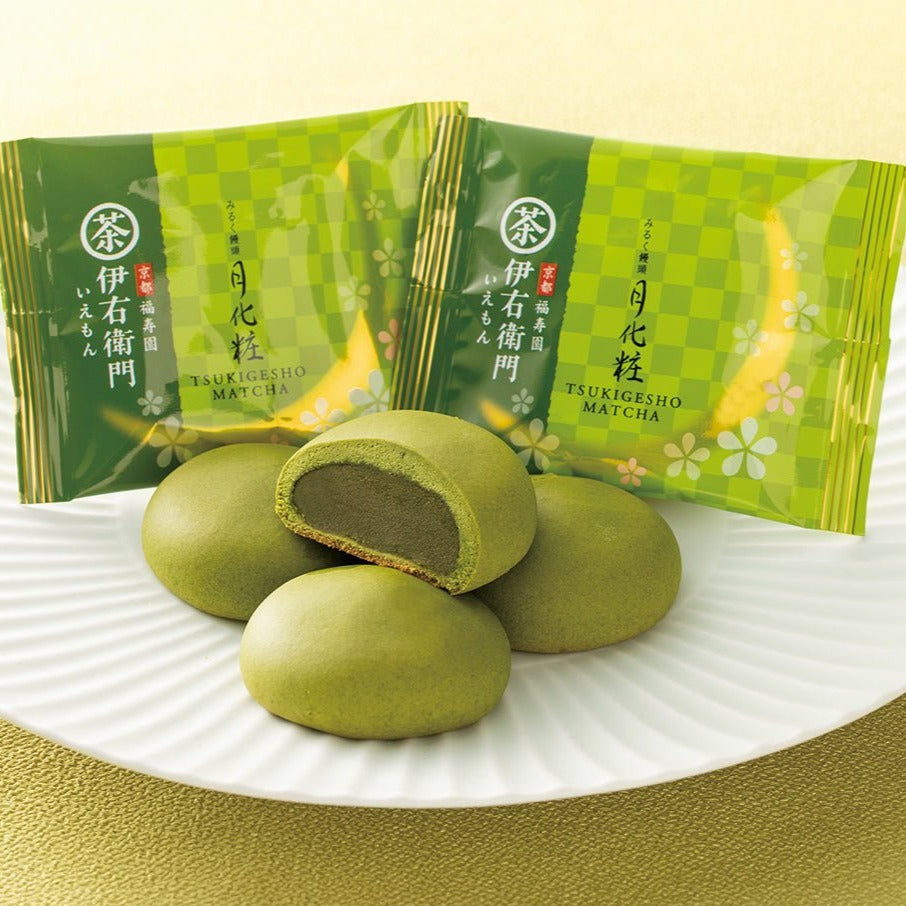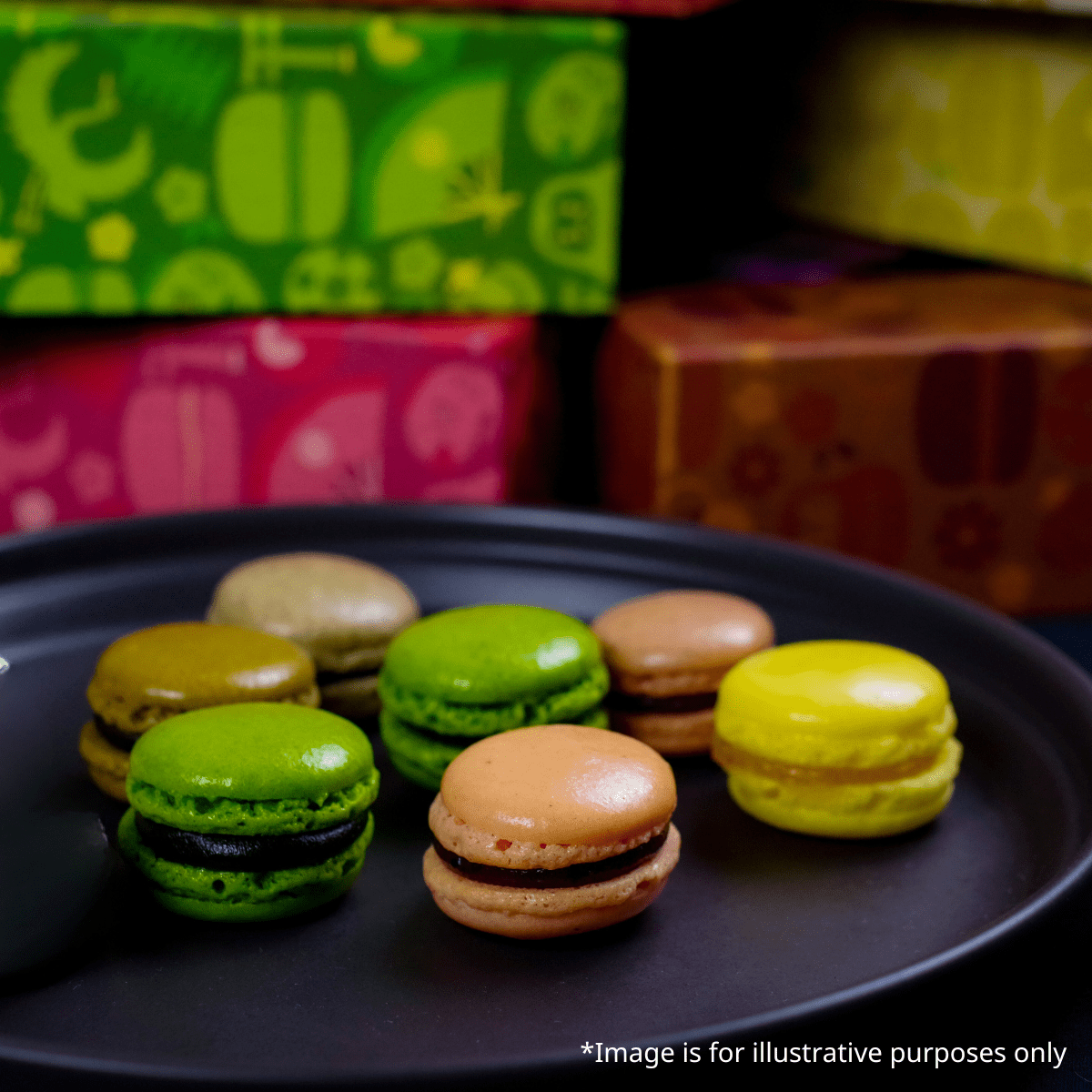Japanese whisky has captivated enthusiasts and casual drinkers alike, not just in its place of origin, but around the world including Singapore. Behind its rise to prominence is a story of tradition, innovation, and a meticulous attention to craftsmanship. This guide delves into the rich history of Japanese whisky, explores the reasons behind its international acclaim, and highlights ten must-try variations that shape the landscape of this noble spirit.
1.The Rich History of Japanese Whisky

The story of Japanese whisky began in the early 20th century, heavily influenced by Scottish distillation techniques. Masataka Taketsuru, known as the father of Japanese whisky, traveled to Scotland in 1918 to learn the craft of whisky making. Upon returning to Japan, he played a significant role in establishing the country's first whisky distillery, Yamazaki, later founded by Suntory. In 1934, Taketsuru founded Nikka Whisky, further solidifying the foundation of Japan's whisky industry.
Despite its early beginnings, Japanese whisky remained relatively under the radar on the world stage until the 2000s. The turning point came when Suntory's Yamazaki 12 Year Old won a gold medal at the International Spirits Challenge in 2003, marking Japanese whisky's arrival on the global scene.
2.Why Japanese Whisky Is Popular
Quality and Craftsmanship: Japanese distilleries pursue perfection at every stage of the production process, from selecting the finest ingredients to adopting meticulous distillation techniques, valuing precision.
Unique Flavor Profiles: The use of various fermentation and distillation methods, along with Japan's diverse climate, contributes to a wide range of flavor profiles, from light and floral to rich and smoky.
Aesthetic Appeal: The design of Japanese whisky bottles and labels often reflects the country's aesthetic sensibilities, offering joy not only in taste but also in appearance.
Cultural Significance: Japanese whisky embodies the principles of harmony between tradition and innovation, deeply rooted in Japanese culture, adding further depth and allure for enthusiasts.
3.Top 10 Must-Try Japanese Whiskies
Citation:SUNTORY Nikka Whisky asahi miraido
1.Yamazaki 12 Year Old:

A pioneer that set the benchmark for Japanese single malts, offering a delicate balance of fruit and spice.
2.Hakushu 12 Year Old:

3.Nikka Taketsuru Pure Malt:

4.Yoichi Single Malt:

5.Miyagikyo Single Malt:

6.Hibiki Harmony:

A blend of malt and grain whiskies from Suntory's distilleries, acclaimed for its smoothness and harmony of flavors.
7.Chita Single Grain:

Suntory's grain whisky, known for its light and smooth character with hints of sweetness.
8.Mars Shinshu Komagatake:

From Japan's highest distillery, noted for its rich character and complexity.
9.Suntory AO:

This whisky is an exquisite blend of carefully selected original spirit from distilleries in the five major whisky-producing regions of the USA, Scotland, Canada, Ireland and Japan.
10.Suntory Kakubin :

It is an excellent choice for beginners to Japanese whisky, offering a good balance of quality and cost performance.
The appeal of Japanese whisky lies in the fusion of Japanese attention to detail and cultural influences and traditional Scottish techniques. Whisky lovers in Singapore who wish to explore the depth and diversity of Japanese whisky will find that as the popularity of Japanese whisky grows, so does their appreciation of its artistry and traditions. Whether you are a whisky connoisseur or a whisky novice, your journey to Japanese whisky is bound to be a rewarding one.









![[Limited - Time Offer 5%OFF] Roasted JP Tea Gelato 160℃ (HOJICHA) - Tokyo Fresh Direct](http://tokyofreshdirect.com/cdn/shop/files/limited-time-offer-5off-roasted-jp-tea-gelato-160-hojicha-878265.png?v=1738059078&width=1200)

![[Limited - Time Offer 5%OFF] Roasted JP Tea Gelato 200℃ (HOJICHA) - Tokyo Fresh Direct](http://tokyofreshdirect.com/cdn/shop/files/limited-time-offer-5off-roasted-jp-tea-gelato-200-hojicha-199090.png?v=1738059078&width=1200)

![[Limited - Time Offer 5%OFF] Roasted JP Tea Gelato 80℃ (GYOKURO) - Tokyo Fresh Direct](http://tokyofreshdirect.com/cdn/shop/files/limited-time-offer-5off-roasted-jp-tea-gelato-80-gyokuro-531616.png?v=1738059078&width=1200)

![[Limited - Time Offer 5%OFF] Roasted JP Tea Gelato 0℃ (MATCHA) - Tokyo Fresh Direct](http://tokyofreshdirect.com/cdn/shop/files/limited-time-offer-5off-roasted-jp-tea-gelato-0-matcha-644354.png?v=1738059077&width=1200)

![[Limited - Time Offer 5%OFF] Roasted JP Tea Gelato 100℃ (SENCHA) - Tokyo Fresh Direct](http://tokyofreshdirect.com/cdn/shop/files/limited-time-offer-5off-roasted-jp-tea-gelato-100-sencha-679344.png?v=1738059077&width=1200)


















